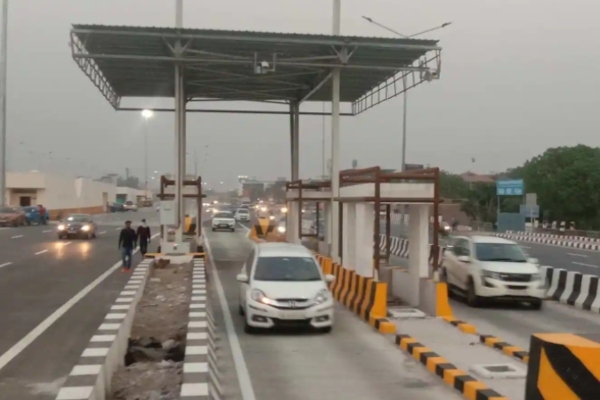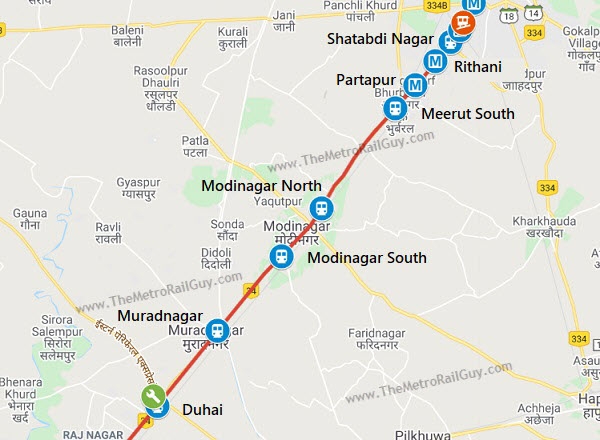Delhi to Meerut, now just in 45 mins! Delhi–Meerut Expressway opens for traffic
Total Views |
New Delhi, April 1: Open to traffic, the Delhi–Meerut Expressway is all set to reduce the travel time between Meerut and Delhi to 45 minutes instead of over two and half hours taken currently. The expressway connecting the two cities is operational from today. Prime Minister Narendra Modi had laid the foundation stone for the expressway back in 2015.

Union Minister of Road Transport & Highways, Nitin Gadkari merry to inform the same said that the highway was now open to the public. "Delhi Meerut Expressway has now been completed & opened to traffic. We have fulfilled our promise of reducing travel time between Delhi - Meerut from 2.5 hours to 45 minutes," he tweeted.
Delhi–Meerut Expressway or National Expressway 3 is India's widest 96 km long controlled-access expressway, connecting Delhi with Meerut via Dasna in Ghaziabad. An expressway was proposed under the NCR Transport Plan 2021, which was notified in September 2005. The 8 lanes old stretch of National Highway 9 (NH-9) up to Dasna is widened to 14 lanes (widest expressway in India). The next phase of the expressway is being built on a new alignment from Dasna to Meerut – a six-lane stretch joining Meerut bypass.


National Highway Authority of India (NHAI) has divided the 96 km stretch starting from Nizamuddin bridge in the outer ring road in New Delhi to Meerut bypass into 4 packages.
1. Nizamuddin Bridge to Delhi-UP border – 8.7 km long
2. Delhi-UP Border to Dasna - 19.2 km long
3. Dasna to Hapur - This section is 22.2 km long
4. Dasna to Meerut – 46 km long
The NHAI meanwhile has set speed limits for commuters using the expressway. In phase 1, which is in Delhi, the maximum permissible speed limit is 70 kmph. In the remaining three phases, all in Uttar Pradesh, the maximum permissible speed limit is 100 kmph.
ALSO READ- New Dawn of Growth & Opportunities in the Backward District of Gadchiroli
The Delhi Meerut Expressway (DME) with the installation of high-resolution cameras. These will help in incident detection; check speeding and general surveillance said officials. The cameras detect all such instances. At the main control room, National Highway staff are monitoring the movement of vehicles and instances of speeding. When the cameras detect a speeding case, the control room will be alerted, the vehicle identified and information shared with the local traffic police. Likewise, in case of an accident, help will be rushed to the spot.
This high-tech Highway is sure creates ease of traveling.
.
.